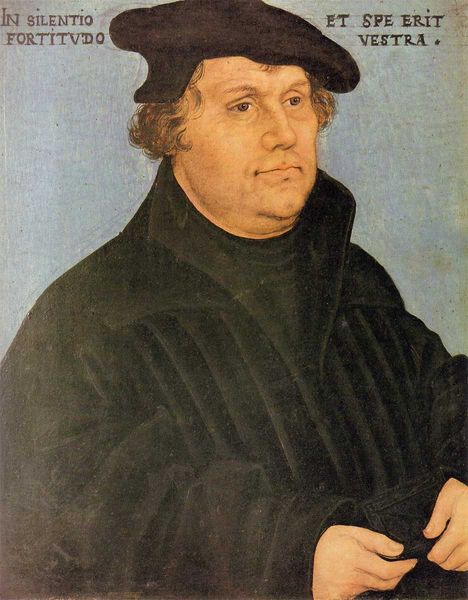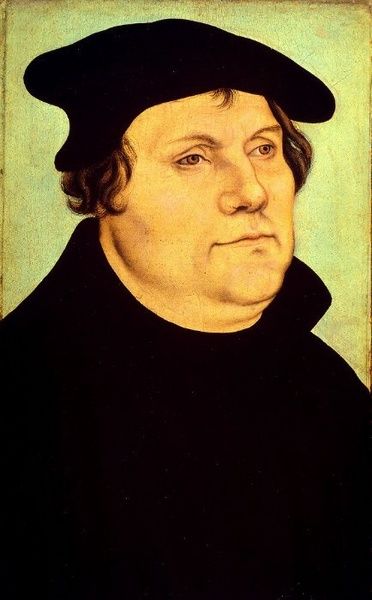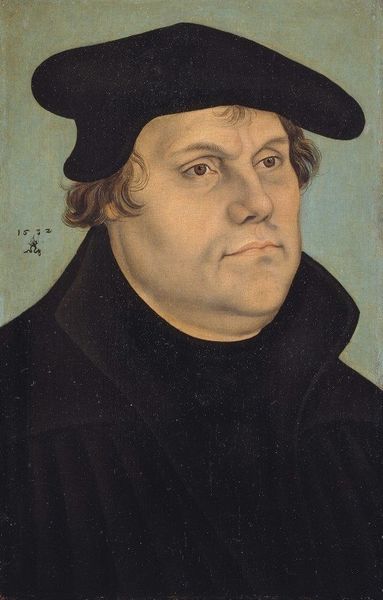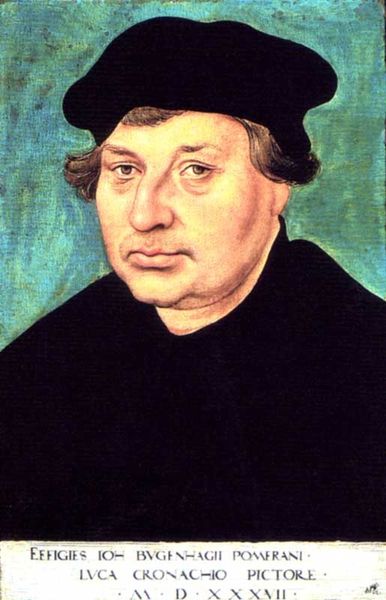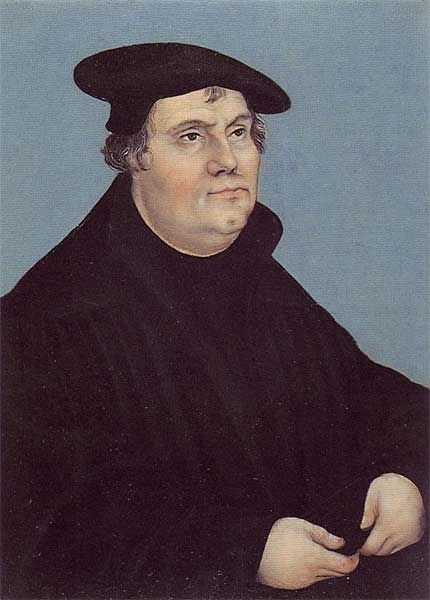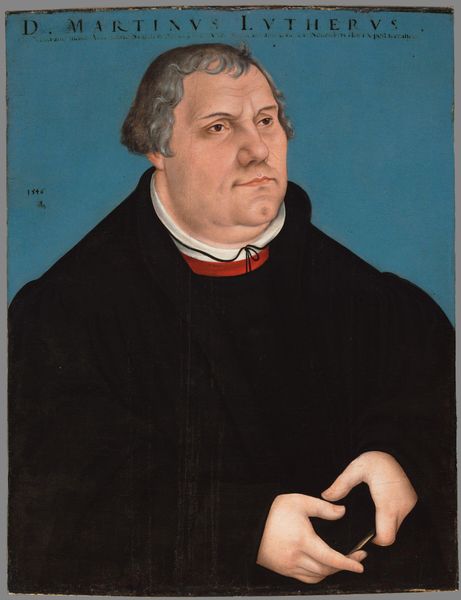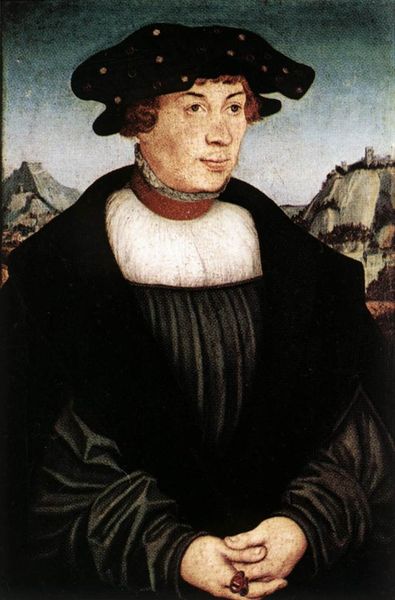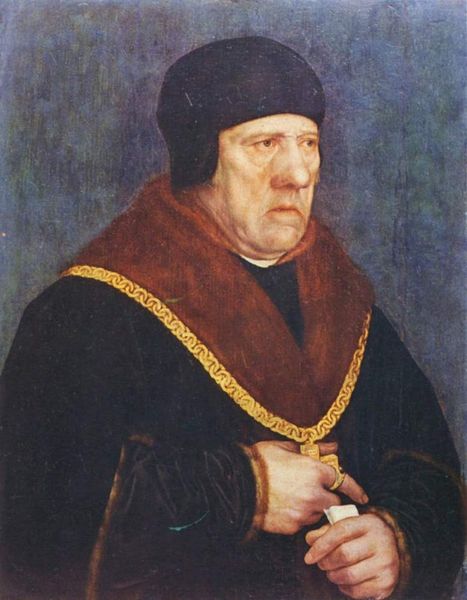
painting, oil-paint
#
portrait
#
painting
#
oil-paint
#
history-painting
#
northern-renaissance
#
academic-art
Dimensions: 30 x 23 cm
Copyright: Public domain
Curator: Here, we have Lucas Cranach the Elder’s oil painting "Portrait of Martin Luther" dating to 1543, now residing in the Germanisches Nationalmuseum. Editor: My immediate reaction is one of somber reflection. The subdued palette and the subject’s inward gaze create a mood of intense concentration, or perhaps contemplation of hardship. Curator: Precisely. Cranach's command of color and form is quite apparent, isn't it? Notice the strategic use of chiaroscuro, particularly how the light falls across Luther’s face, drawing our eye directly to his expression. This contrasts rather strongly with the largely monochromatic rendering of the figure’s clothes. Editor: Indeed. I'm drawn to consider the craftsmanship involved. Cranach’s workshop must have been incredibly busy producing paintings like this and altarpieces to quickly satisfy the burgeoning demand created by Luther’s own writing and ideas. Were there standardized elements in these paintings? Curator: Most assuredly. Cranach was not simply recording a likeness; he was constructing an image laden with symbolism. Luther's clothing, while seemingly simple, represents his commitment to religious reform, set in counterpoint against the elaborate vestments associated with the Roman Catholic Church. It represents, for all observers, the Reformation. Editor: So the garments and their textures would need to be accurately represented so as to signify certain ideological elements in a kind of coded fashion? The labor of weaving and dyeing these textiles then become imbued with layers of historical significance. Curator: Certainly. In focusing on Luther's visage and contrasting it with somber attire, Cranach directs us towards the intellectual and spiritual strength he seeks to embody. Notice, too, how the somewhat diffused background seems almost to isolate the figure. Editor: So, we see more than a portrait, really. We are witness to a confluence of artistic technique, social narrative, and materials converging to define an era of upheaval and religious renaissance. Curator: A potent summary, truly. The painting serves as both historical record and a compelling work of art, achieving an arresting depiction of a complex figure through both its literal and symbolic visual language. Editor: And I might add that, through an understanding of materials and labor, we may consider what that likeness meant, how it was used, and who used it.
Comments
No comments
Be the first to comment and join the conversation on the ultimate creative platform.
